To: The Impact Readers
Howdy 🤠
This week we have been thinking about how we want to position The Impact and what to focus our time on to deliver the LARGEST value to you – the reader.
Here’s what we discovered – our skill set within our team is on analyzing news and making it easy to understand along with conducting research to demystify information in the space. Which is why we are going to start publishing longer form content on our website which will be simplified here within our newsletter.
Our mission is to help you have access to the knowledge and various perspectives from the industry to increase YOUR climate positive impact.
In Your Inbox: Digital circuit breakers continue to raise capital, emissions are set to rise all over again and natural gas is still a critical part of resiliency planning.
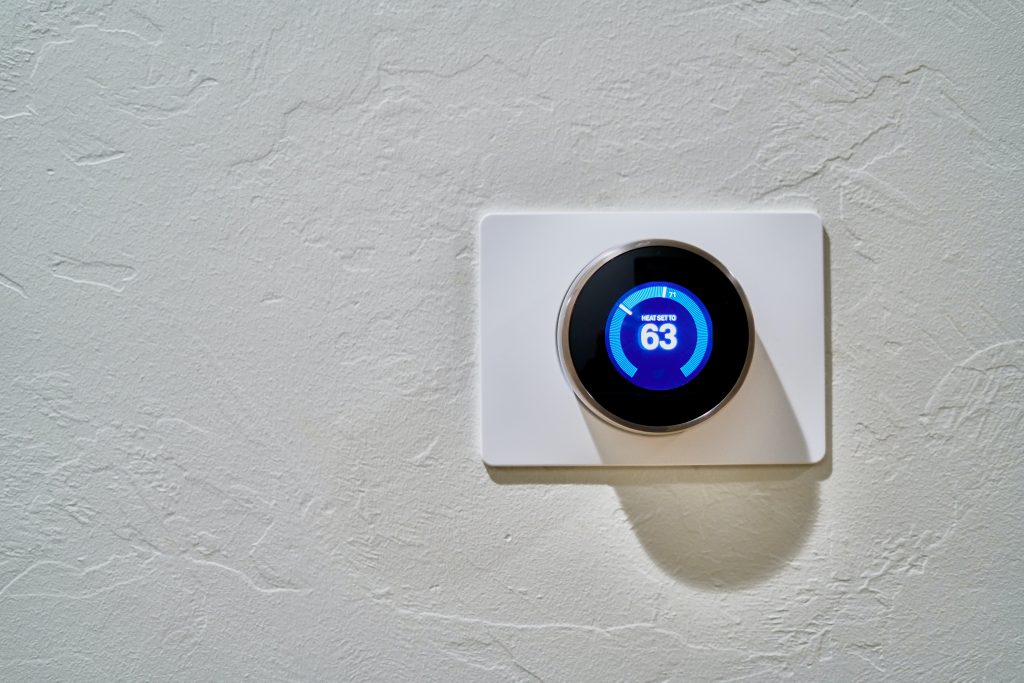
Thank you to the 55+ people who responded to our survey! We really appreciate your help in mapping out the saturation of smart thermostats in the market. Once we clear 150 responses we will begin to publish results on our website!
Smart home appliances remain one of the most valuable untapped assets in the market – having this data open sourced would help many companies and groups find ways to maximize value for property owners.
Please help us out by answering the short survey attached below.
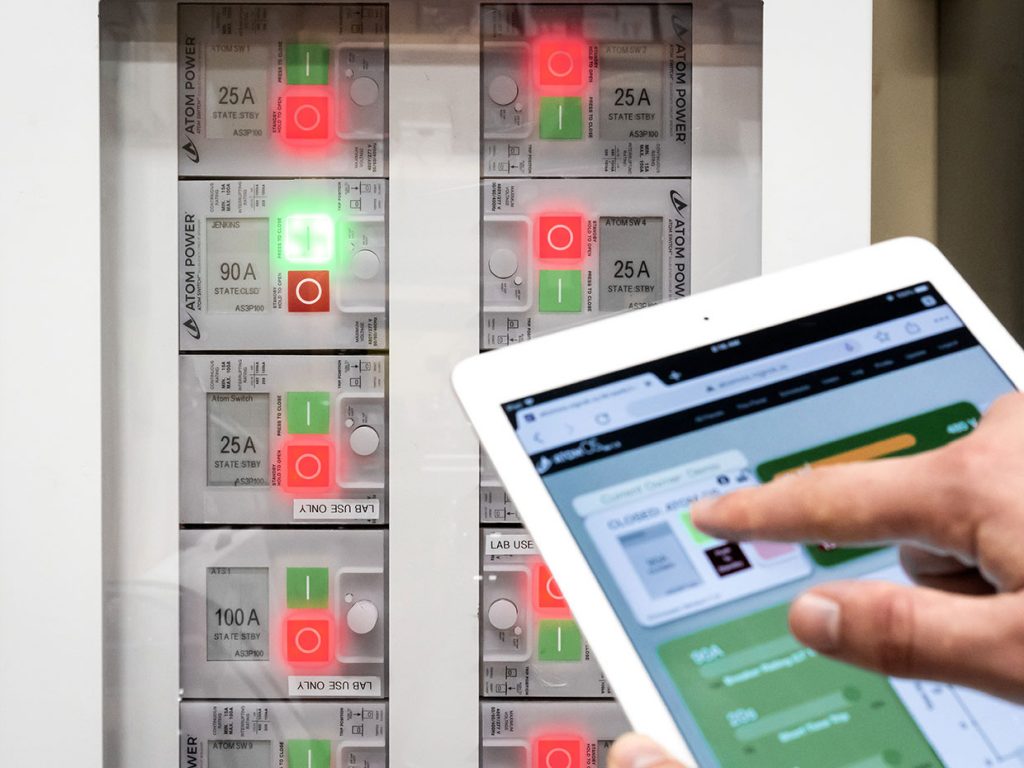
Atom Power has raised $17.8 million Series B to boost production of its all-digital circuit breakers and panels for high-stress C&I properties. Such as factories and data centers to large-scale electric vehicle charging systems.
CEO Ryan Kennedy says are the first of their kind that have received UL certification and are a safer and faster version of standard electro-mechanical breakers.
The breaker is significantly more expensive than the traditional breaker, but the advantage it has is that it can interrupt the flow of current up to 3,000 times faster than a traditional device.
Much like Span.IO, which we recently covered – the digitization of the electrical panel is slowly becoming the new push in the industry due to its technological advancements.
Having a single breaker which is programmable enables higher control and reduced labor & design costs in turn making the investment viable for properties with complex energy systems. Homes with solar & storage or properties with high load appliances and EV Charging equipment.
Not to mention the benefit to the utility from a demand response front. This grants further access and makes it easier for utilities and ESCOs to manage energy across a property without having to worry about integrating with various other manufacturers to curtail and manage energy loads across the grid.
These solutions are really interesting, but it is going to face a natural challenge in customer adoption. Who fronts the cost for the product and for whom are these technologies going to benefit.
If it is the utility companies that win due to capacity charge reduction, they should front the cost and provide significantly lower bills for a customer to sacrifice comfort.
If it is for the homeowner – an app to turn things on/off isn’t going or a slightly lower install cost for solar & storage isn’t going to cut it for these businesses to truly make it in the market.
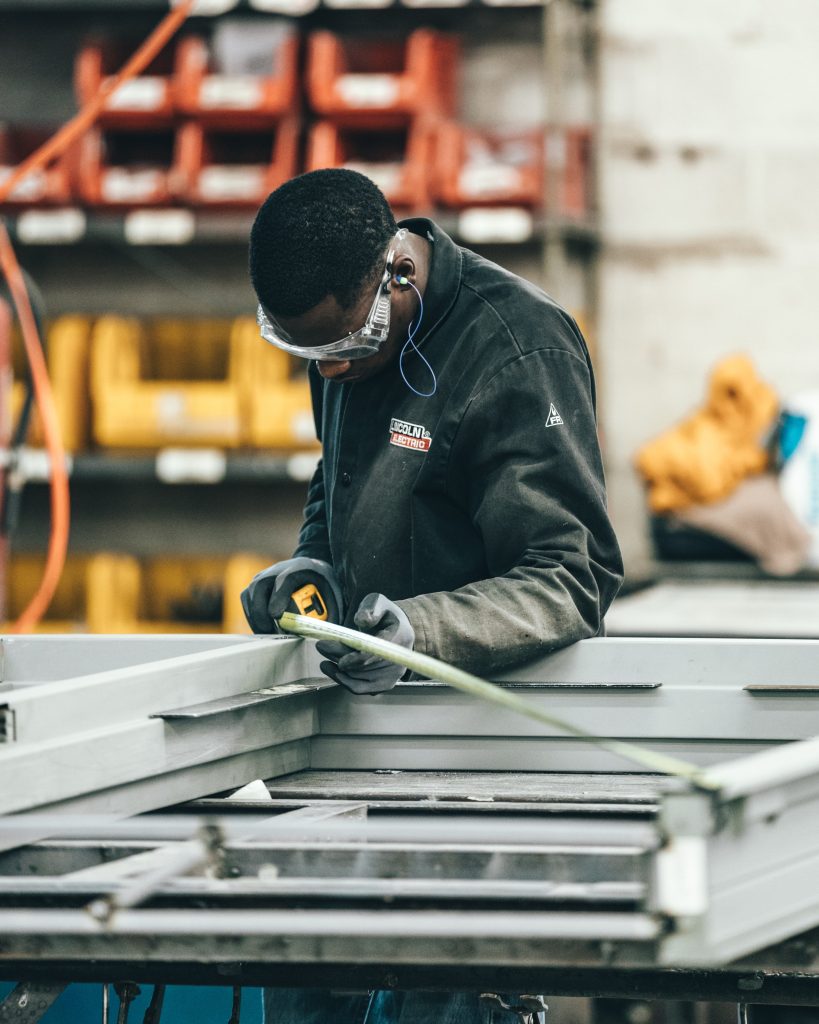
With supply chains being disrupted and reduced on site staff – O&M teams that are typically out sourced by large asset owners have seen a big hit in their ability to continue to handle maintenance on these systems.
Most O&M that occurs actually happens around part replacement or cleaning to ensure performance remains high. However, due to closed manufacturing plants in China and other major suppliers – sites still remain nonoperational during the reopening process now taking place.
Naturally, utility scale plants aren’t the ones that have been hit the hardest, but Distributed Generation solar systems – 20 kW to 5 MW – are currently the hardest for asset owners to manage. Especially the systems on PPAs or on loan by the property owner are difficult to manage since crews can’t get out to the site to verify what faults there are within the system.
This is where digitization comes in as a necessary addition to help reduce the challenges associated with managing a large portfolio of assets. Adding in sub-meters to verify performance of solar & storage systems at a breaker level, deeper diagnostics on individual panels and equipment within a system with a fairly decent amount of data analysis would help reduce the manpower needed to monitor and determine what parts and systems need replacing to keep sites operational through future lock-downs or when there is a reduced labor pool to pull from.
But it goes deeper than that. Handling social distancing protocols at a utility farm increases the associated O&M Costs. Which throws a lot of the economics of solar out.
It will be interesting to monitor the impact a Work From Home and post Covid lifestyle will accelerate the adoption of digital technologies to ensure up-time from renewables across the grid.
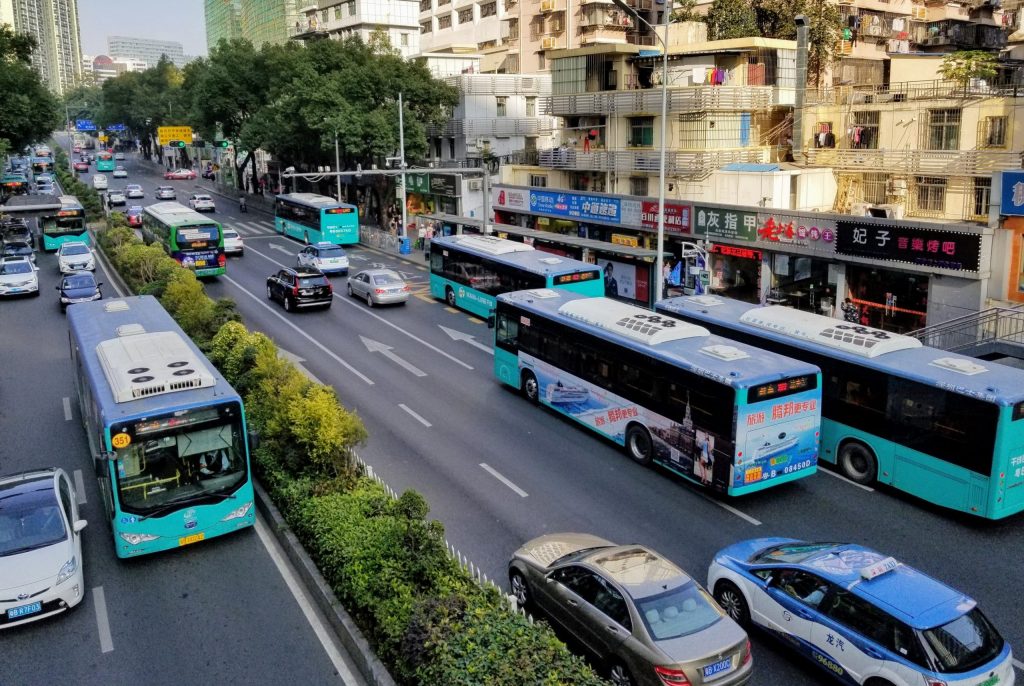
As cities, states, and countries slowly start to open back up, many governments are reassessing transportation. As travel habits have been disrupted, there is the opportunity to influence and shape the future of commuting and transportation.
With social distancing guidelines, public transportation may no longer be a viable option for most people. For instance, the UK recognized that public transportation capacity will be decreased by 90%. Governments are considering what happens for everyone else who used to take public transportation.
If everyone decides to shift towards driving private vehicles, cities and streets will face more than normal levels of gridlock and air pollution. When China started to reopen in April, cities like Shenzhen and Guangzhou already had higher levels congestion compared to last year. Looking at the US, according to this Vanderbilt study, many city residents will likely spend additional time in traffic, ranging from 70,000 – 5,800,000 added traffic hours per day.
Governments are influencing transportation to avoid increased congestion and carbon emissions. The most common solution for the time being is to incentivize residents to walk, bike, and take other alternative modes of transportation.
Some cities have started this process by opening up miles of streets to pedestrian use only – New York City is aiming to open 100 miles of streets, meanwhile Oakland is opening 74 miles of streets. Internationally, the UK announced a £2b package to put cycling and walking as the central focus of their transport policy.
These streets will give pedestrians and cyclists more space to enable social distancing. Wider walkways will facilitate a local economic recovery, as people will be able to safely line up to enter stores. Additionally, reducing vehicle traffic will allow more people to safely walk and bike daily.
Now is the time for cities to capitalize on the opportunity to influence local transportation, before the number of people going back to work increases. It will be easier to make changes to residential travel patterns now, with a minimal number of people commuting. Making these changes now will establish a framework for people, minimize the number of cars on the road, and reduce emissions.
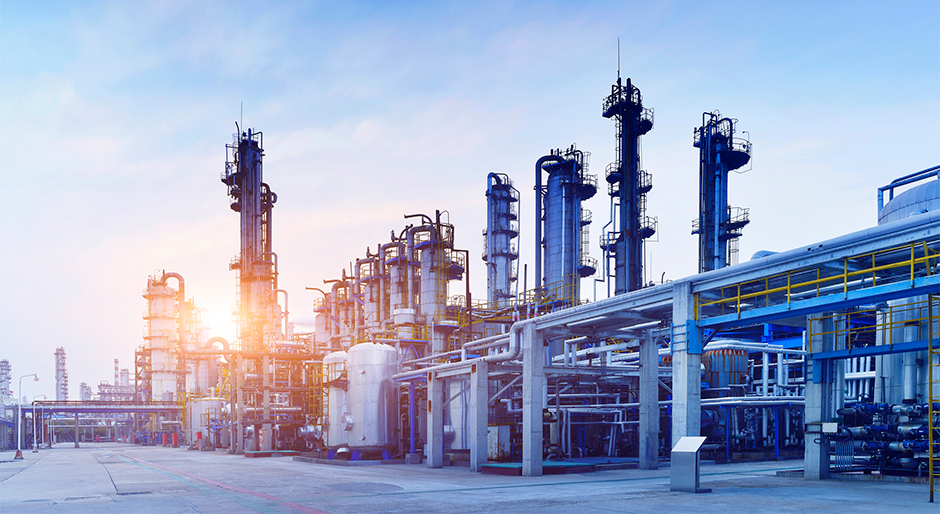
The outages last year were publicized across the nation. This year – PG&E is trying to be proactive to find ways to ensure high wildfire risk zones can keep the lights on while they manage the routing of power to reduce wildfire risk.
However, solar and battery storage groups and environmental activists aren’t letting PG&E deploy natural gas based generators to ensure resiliency – citing that it doesn’t help get California closer to their aggressive renewable energy goals.
But, the cost of this push is that PG&E is now going to have to deploy standby diesel generators – which are far worse than Natural Gas. Causing significantly higher pollution levels, at least for this year.
The argument as to why this would be better than Natural Gas is because it is only a temporary fix, whereas putting in a Natural Gas Backup generator would be more permanent and would buy the utility more time to work on grid modernization. Which in it of it self also proves why going the diesel route is inherently bad for both the environment and resiliency. Increased emissions and a temporary fix to a problem that is going to require over a decade of work and development to modernize the grid properly, even in high risk zones.
Natural gas still remains our best source of energy to ensure 100% up time alongside renewables. Until hydrogen becomes a viable source, anything other than natural gas as a backup source of energy is going to be tough to justify across the board.
The hope is that this wildfire season doesn’t set a precedent for how to combat resiliency gaps across the nation.
Joel Solomon joins us to show how to use capitalism to drive social progress. In this episode he shows how we can use money to drive positive impact in the world. Check out his book Clean Money Revolution and his Impact Investing Fund Renewal Funds.
Develop your market map of up-and-coming climate startups and market opportunities by subscribing to our weekly newsletter for free.